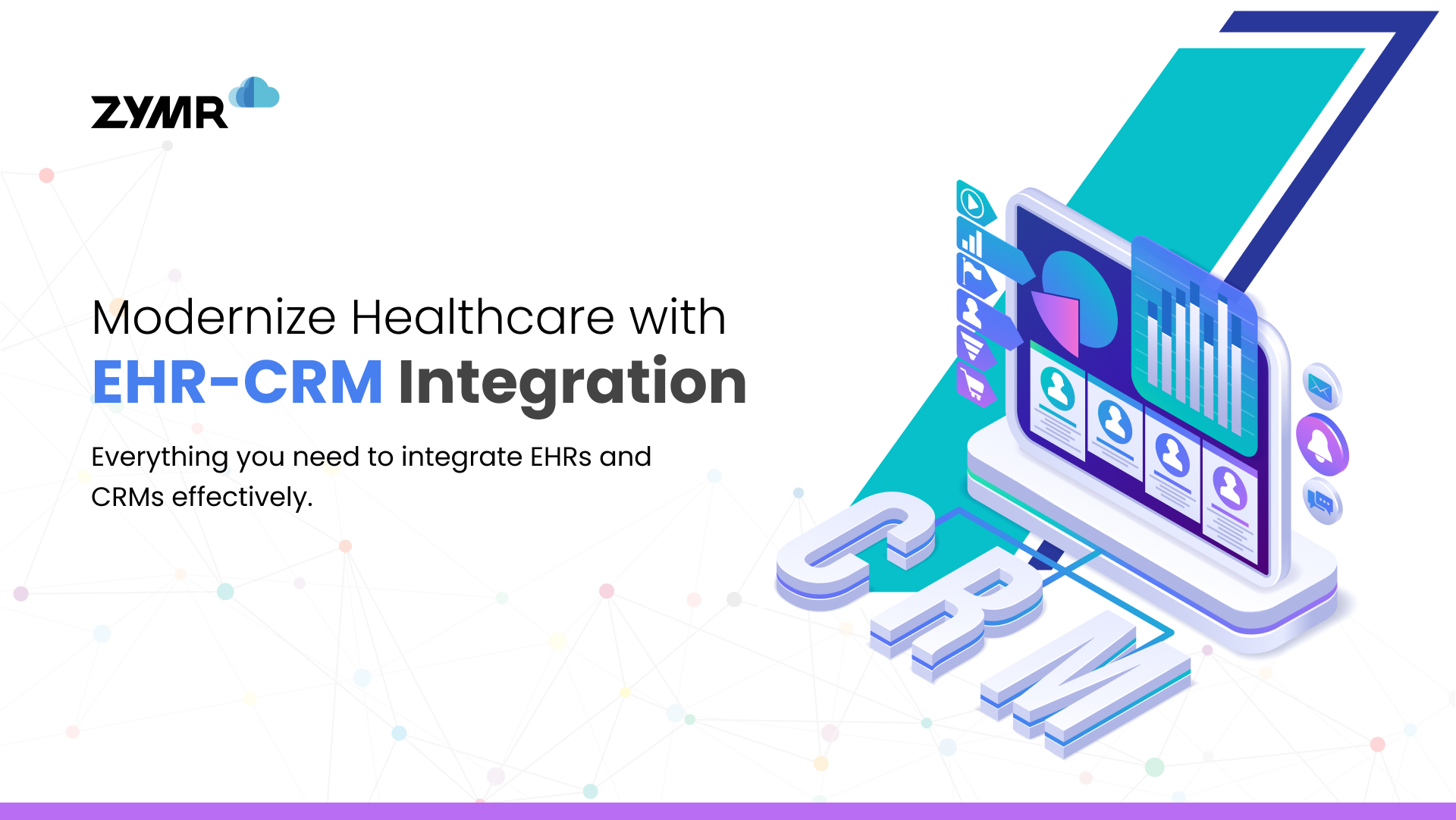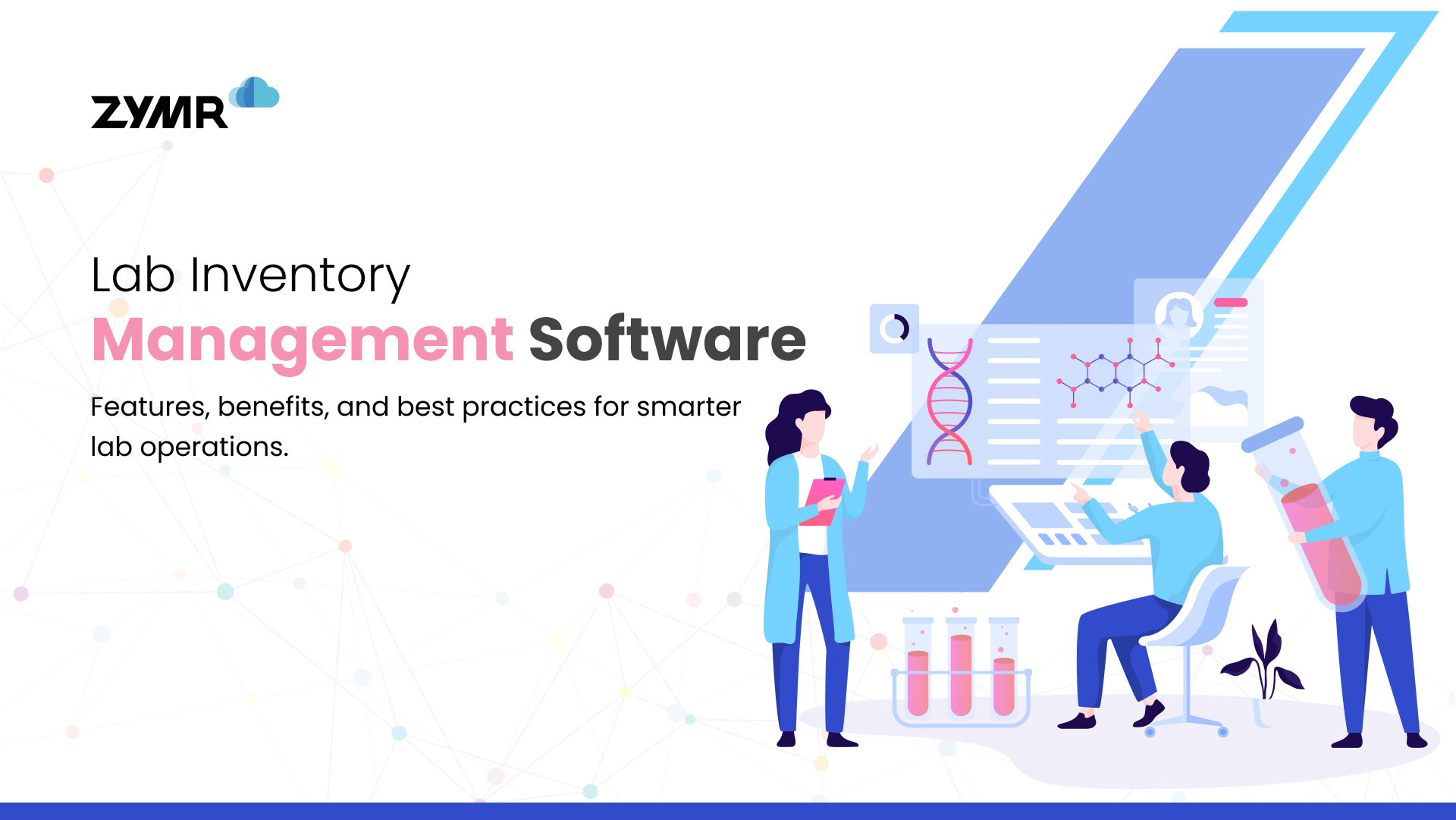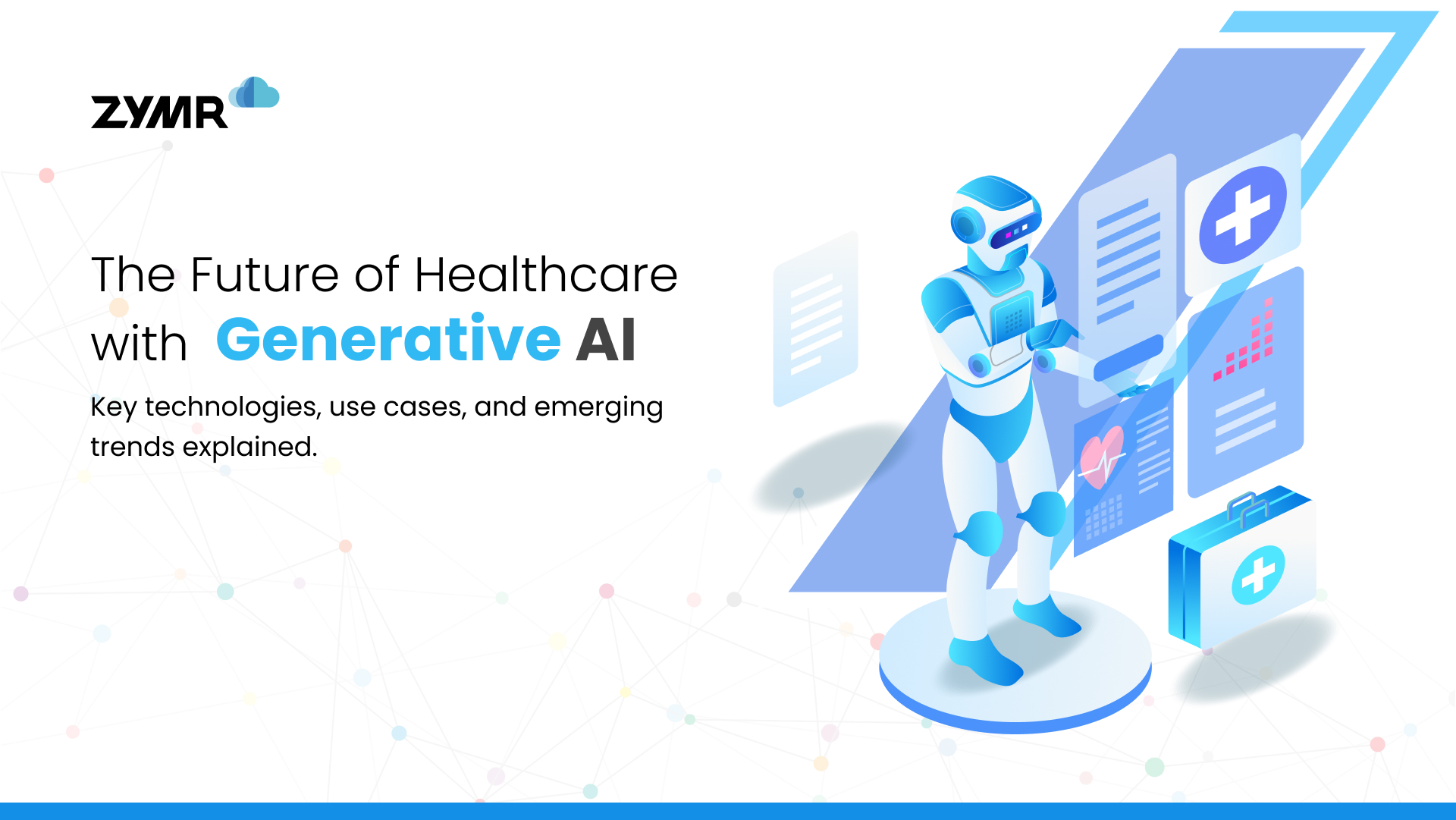This blog intends to highlight the Quality Assurance (QA) challenges faced by professionals in their day-to-day tasks and shares the solutions that can be leveraged to overcome them
Quality is paramount in the IT fraternity. No organization regardless of its size and scale can afford to bog down due to poor product quality. And, here comes the role of QA. QA testing is a critical process for software developers to ensure their products’ success. The importance of QA cannot be overstated. QA, when done right, saves your time and efforts, enhances user experience, improves satisfaction, minimizes breakdowns, promotes efficiency, and more. The list goes on. However, there is a multitude of challenges that can pose a threat to QA personnel in their pursuit of excellence. Therefore, it is paramount to deal with QA challenges to deliver best-in-class products. We have curated a list of QA challenges that can have a massive impact on your organizational productivity. Let’s take a look at them,
QA CHALLENGES:
BUSINESS
- Effective strategies and decision-making for QA -- Value, risk, and quality control remain critical in the current dynamic technology, international economy, and regulatory climate.
- Ability to achieve cost benefits on automation within fewer release cycles.
- Inefficient project management.
- Incorporating the latest technologies and trends like mobile and digital innovation, cloud, quality, and continuous testing related to DevOps and DevSecOps, digital transformation or digital quality, and cloud testing.
- Ambiguity in prioritizing resource and project allocation due to modern world complexities.
TECHNICAL
PRIMARY TECHNICAL PAIN POINTS
- Lack of automation acting as a critical inhibitor to productivity.
- Coordinating design and quality strategies to manage product resilience on the onset of risks.
- Lack of test automation expertise in application lifecycle and architecture layer.
- Early automation – automation of QA should rise above mere regression testing.
- QA automation to enable Agile development with CI/CD.
- Support for system-of-record legacy environments.
- Rate of software test automation.
SECONDARY TECHNICAL PAIN POINTS
- Transforming development and operations.
- Effective process frameworks, organizational strategy, and close partner relationships for enterprise Automated Software Quality (ASQ) demand.
- Systems of record encompassing legacy mainframe systems and business applications must increasingly be incorporated into DevOps quality and end-to-end deployment strategies.
- Compressed time frames.
- Sporadic test automation.
- Zero regression debt.
- Multiple device compatibility.
ADVANCED TEST AUTOMATION REQUIREMENTS
- AI-driven test automation for DevOps teams.
- Lack of expertise in Intelligent Process Automation (IPA) and Robotic Process Automation (RPA).
- Demand for intuitive testing approaches, the ability to test APIs (as the underlying integration layer), emerging support of improved analytics with ML and AI, and early leverage of RPA as part of testing.
- AI/ML technologies like Vision AI, self-healing, and risk-based test optimization.
- Lack of expertise in digital quality and edge platforms.
TOOLS-RELATED PAIN POINTS
- Lack of knowledge of proper tools and technical know-how in integrating tool stack.
- Use of tools for scriptless and test automation.
- Using Selenium as the best tool for test automation.
- Continuous integration and CI/CD toolsets like Jira, Jenkins, and Azure DevOps.
- Tools for Reusable test automation.
MISCELLANEOUS
- Re-emergence of potential bugs.
- Issues with test maintenance.
- Flaky tests.
- Developer downtime.
- Parallel testing or parallel tests.
- Context switching.
- Failure analysis.
- Crisis management and overtime.
- High testing infrastructure costs.
- Selecting a proper testing approach.
- Inadequate information on user stories.
- Product release slowdown.
- Testing the complete application.
- Misunderstanding of company processes.
- Testing under time constraints.
- Which tests to execute first?
- Understanding the requirements.
- Keeping automation test cases up-to-date.
- Test environment duplication.
- Inadequate testing infrastructure.
- Problems with data reliance.
- Device fragmentation & various OS platforms.
- Numerous test interfaces.
- Impossibility of complete testing.
- Balancing sprint work with releases.
- Schema changes.
- Parameters validation.
- Risk-based testing.
- System integration testing and end-to-end testing.
SOLUTIONS TO QA CHALLENGES
Here are the solutions you can leverage to solve QA challenges,
- Collaboration - Lack of collaboration is a root cause of a lot of QA challenges that later aggravate the situation. That’s why, development and testing teams need to foster collaboration through frequent project meetings as it maintains transparency among teams and allows the members to focus on their deliverables. Collaboration between QAs and developers enables better testing. It should be noted that team collaboration is quintessential across the development, testing, and deployment phases.
- Simplification - Clarity on goals allows testers to develop and run result-oriented test cases to deliver quality products within the stipulated time. If the testers succinctly understand the project objectives, requirements, and what is expected out of them, then they are more likely to develop the most relevant test cases. That’s why there has to be a solid communication plan in place.
- Documentation - Teams must create comprehensive documentation keeping project requirements in mind to focus on critical objectives. Documentation lays a foundation for QA teams throughout the project lifecycle. It also helps them build relevant tests and understand expected outcomes. You need to focus on business case studies, user requirement specifications, and plans like deployment and project tests. Moreover, documentation helps teams responsible for business analysis and testing to comprehend the as-is and to-be product model.
- Prioritization - Organizations should create and manage a priority list of requirements to help the teams identify the areas that need to be tested earlier. It ensures that the essential part of the product is tested before going ahead to further stages. A priority list also suggests what needs to be done and when it should be done. Likewise, an organized and controlled testing environment is a must to release a quality-rich product.
All you need is a trusted growth partner who can help you successfully navigate through these QA challenges. Here’s why you should choose Zymr qa automation services company as your partner,
The Zymr difference,
- Enthusiastic and energetic teams
- Robust adaptability to the latest QA tech stack
- Expertise in implementing AI-based testing techniques and technologies
- Highly skilled and distinguished QA artisans
- Ability to achieve project goals with zero latency and complex deliverables
- Inhouse CTO office initiative
Zymr’s STP approach,
- Strategy
- Faster test design
- Continuous Integrations
- Open source tools
- Technology
- Intelligent testing with self-healing
- Automation Framework
- Continuous feedback mechanism
- People
- Cross-functional teams and collaboration
- Technology expertise
- Industry and domain veterans
Zymr’s Quality & Automation Services (QA Automation Services)
Achieve digital success in the disruptive business landscape with enterprise-grade QA Automation services. Take your digital services to the market faster, enhance your market coverage, and respond effectively to market feedback like never before with us. Let’s develop stellar IT products together!
Conclusion
FAQs
>
>
>
>
>
Have a specific concern bothering you?
Try our complimentary 2-week POV engagement
Our Latest Blogs

December 30, 2025
The Ultimate Guide to EHR-CRM Integration: Benefits, Use Cases & Best Practices


December 29, 2025






.svg)
.svg)
.svg)
.svg)
.svg)
.svg)
